12 Reasons Why Cruises are the Safest Way to Travel Right Now (Post Pandemic + Beyond)
When people hear we love cruising, one of the first questions they ask is if cruises are safe during a pandemic. Spoiler alert: cruises are actually the safest way to travel during a pandemic – and beyond a pandemic.
We’re going to elaborate on why, and all that the cruise lines and industry are doing to ensure the health and safety of their passengers.
This extends long before the pandemic into the present day, including adjustments made to the ships and cruise lines' procedures as a result of the pandemic.
Disclosure: There are affiliate links in this post, which means we may earn a small commission if you click the link and proceed with a purchase, at no cost to you. We truly only recommend hotels, products, and services we personally use. As Amazon Associates, we earn from qualifying purchases.

It’s in the Cruise Lines’ Best Interest to Ensure Health & Safety Protocols are in Order, so they can Sail Safely
No other travel sector is as closely monitored or scrutinized as the cruise industry. Not hotels, nor destinations themselves, or airlines. The cruise industry does more reporting on health and safety than any of those travel areas. And that’s not new because of COVID.
It’s partially for this reason that it is in the best interest of cruise lines to have their protocols buttoned up. This includes how to make their messaging clear to passengers and potential guests, as well as the crew being aware of all health and safety procedures.
Specifically, it's in their best interest to have their COVID procedures in order for guests to feel safe and secure when cruising. The cruise industry is big business – and they need to make money and stay in business.
They want people to return to sailing and resume their wonderful vacations as they did before Coronavirus.
The cruise industry employs countless people, from shoreside employees to port workers, to corporate team members. They work in offices, onboard and shoreside. All these people want and need, to work. The safer cruise lines make it to sail, the more secure those people’s jobs are.
The cruise lines have their health and safety protocols in order because that means everyone wins. Including them.
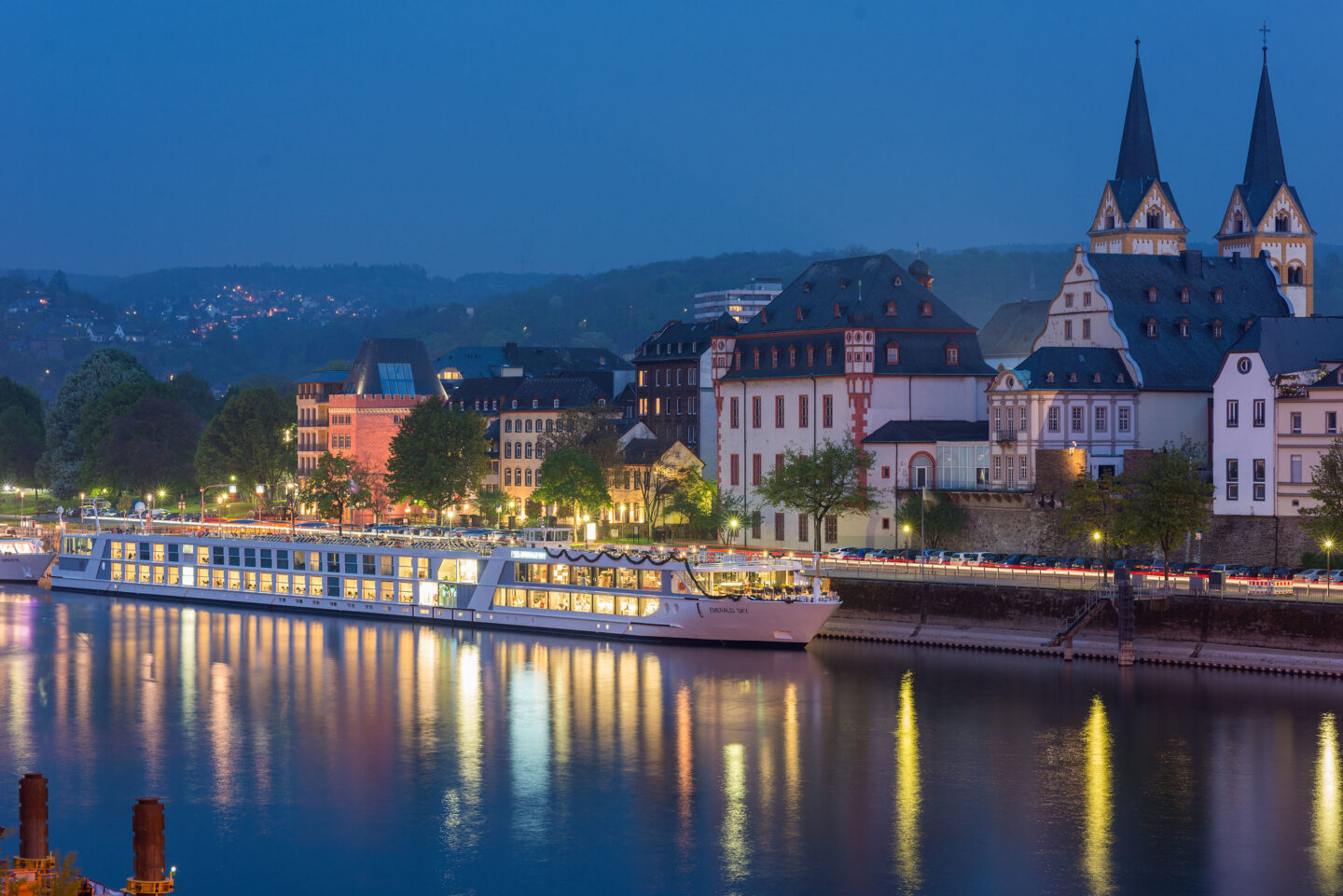
Cruises Require Passengers to be Vaccinated to Sail
Slowly but surely, more and more cruise lines have announced that they require proof of vaccination to sail even though many have done away with providing COVID test results before you cruise. Some even require proof of TRIPLE vaccination (two shots, plus a booster).
As the allowance of vaccinations for children ages 12 and younger are updated according to CDC guidelines, cruises also stay up-to-date with their policies, which reflect those changes.
And, because most small-format cruises skew older, not younger, you’ll likely to be amongst an entire ship of vaccinated passengers, from crew to guests. This is even better for guests who are concerned about COVID safety when it comes to cruises.
Though vaccines don’t prevent COVID, they reduce the chances of getting it or at least the severity of those symptoms if you do get the virus. It’s well known that if you get COVID after you’ve been vaccinated, the symptoms are typically less severe and more manageable.
The health concern with non-cruise vacations right now
Conversely, if you sign up for a non-cruise vacation, you have no idea if other guests – at your hotel, or on a tour, or even on your airplane – are vaccinated.
This means that the airplane ride to get to your cruise’s point of embarkation is potentially riskier than the cruise sailing you’re about to board.
Flying to your Port of Embarkation versus Driving
If the thought of traveling on an airplane is your biggest concern regarding booking a cruise, we recommend a cruise within your country.
You’ll likely want to find an option with the same ports of embarkation and debarkation that you can drive to. (A cruise that begins and ends at the same port location is called a “closed jaw” or “closed-loop” cruise.)
This way, you don't have to get on an airplane. You can leave your car at the port parking lot while you sail.
We suggest looking into Great Lakes cruises or US River Cruises if you're based in the United States. Check out our US Cruise Ports map to get some ideas as well.
Some Cruise Lines Still Require Proof of a Negative COVID Test to Sail
This is quickly becoming a thing of the past, but because you can still get COVID even if you are vaccinated, some cruise lines still require to show proof of a negative test for COVID when you embark.
This makes cruises the safest way to travel because it's your land-based hotel is asking for proof of a negative COVID test.
Depending on the cruise, many people who are vaccinated don't have to show proof of a negative test. However, it's likely you'll have to show proof of vaccination.
Consider if testing onboard is a determining factor of whether or not you'll sign up for a cruise. If so, it’s best to ask the cruise line you’ll be sailing with for their most current policies regarding testing.
Cruise Lines must Abide by the Rules and Regulations of their Port Cities and Countries
Not only are cruises the safest way to travel because they test onboard, but they have to abide by the regulations of their port cities.
For example, if you’re going on a Danube River cruise that leaves from Nuremberg, Germany, they’ll abide by Germany’s current rules. If you need a negative COVID test and proof of vaccination to arrive in Germany, then the cruise line will likely mention it in your booking information.
Naturally, it's in the cruise line's best interest to communicate port regulations to you. (Especially ports of embarkation and debarkation.) Cruise lines with online pre-check-in procedures, from cruise lines like Disney Cruise Line and Viking, to many more, are great with this.
Cruise lines need to abide by the rules and regulations of the port cities. They also want their passengers to be able to safely and efficiently get on board.
Cruise Lines Simplify what Could Otherwise Be a Confusing Process when it Comes to Pandemic Regulations When You Travel
Whether or not we're out of the pandemic, it's likely other viruses will pop up throughout the future. Cruise lines had some of the clearest communication surrounding their processes for embarkation when it came to travel during a rough time for travel around the world.
Many people weren't traveling internationally during the pandemic because of the “red tape” they needed to cut through. It was intimidating to simply get the paperwork done to travel to a foreign country! Then figure out what was required to get back home.
For example, what documents did you need to fill out beforehand?
We used to love staying in a country a few days following a cruise, pre-pandemic. That way, we could explore on land afterward to see more of the city and its surrounding areas. But during the months after the pandemic, we come back to the United States as soon as the cruise ended.
Why? Because cruises simplified the logistics of figuring out how to get a COVID test to return to the United States. They were testing onboard.
For example, in the fall of 2021, we took a Danube River cruise with Emerald Cruises. Our last stop was in Budapest, Hungary. Instead of staying in Hungary afterward, we decided to return to the U.S. the day the cruise ended. We were so grateful that Emerald Cruises took away the guesswork of where we could get a COVID test to return home.
It was very easy to get our COVID tests done onboard. Which meant we don't have to worry about finding a testing location ourselves in a foreign country.
If a pandemic or virus of concern ever strikes again, we know that cruise lines will be very much on top of their processes and the first to communicate it to guests.
Cruise Lines Sailed with Reduced Capacity (and Have Slowly and Safely Ramped Back Up)
While airplanes were back at 100% capacity for a while, cruises sailed with reduced capacity for far longer. Cruises weren't just safe(r) during the pandemic, but it was likely you felt like you had the ship to yourself at any point of the sailing. The measures cruise lines took to reduce capacity is another reason why it was (and is) the safest way to travel.
Cruise Lines and Port Destinations Can Easily have Groups Travel in Bubbles, or Pods
Cruise lines can assign guests to the same pods or groups if needed. The guests travel in a sort of “bubble” with the assigned group.
They do this to reduce the potential spread of Coronavirus, should someone on the trip test positive. Some port cities conduct tours in pods as well.
Cruise Lines Aren't Afraid to Dictate Masks Being Worn Onboard
When needed, cruise lines can dictate that guests wear masks in shared spaces on board. This may include lounges, lobby areas, and restrooms. This is a precaution taken to ensure the safety of guests.
If a cruise line reinstates masking onboard, you can unmask if you're in the privacy of your stateroom.
The mask-wearing policy off-board is guided by the rules and regulations of the destination. While you may not need to wear a mask in areas on the beach in St. Maarten, for example, you may need to wear a mask as you walk around in a small group or pod on a shared tour.
Some Cruise Lines Have their Own Insurance, including Housing Agreements, in the Event You Need Health Assitance Onboard
If you catch a virus during your trip while you're staying on board, and the cruise line needs you to disembark to quarantine on land, some cruise lines have housing agreements figured out to help you do so. This means you won’t feel abandoned or stranded if you test positive while cruising.
This is why it's extra important to opt into a cruise line's additional-cost insurance policy right now and to make sure you read through it. Or, at the very least, understand what their included, baseline insurance (if they have it) covers.
For example, Viking’s Travel Protection Plan can be added to their cruises. It includes necessary medical, quarantine or repatriation expenses.
Cruises are Safe during a Pandemic Because They can Track Viruses, like COVID, Onboard
Cruise lines can use technology to track their passengers' whereabouts on ships. For example, Royal Caribbean’s RFID bracelets allow them to know where you were in case you get COVID. Or, it helps them track a person's close contacts if he or she gets COVID and they need to inform and tests passengers who were nearby.
This contact tracing ensures the safety of all passengers and crew on board.
Conversely, if you travel by land for a land vacation, most areas have no way to track COVID or a virus case and then inform you that you may have been exposed. You’re taking the risk of potentially getting te virus by coming into contact with someone who has it (whether they know it or not, being asymptomatic and unaware).
Cruise ships are safer in this way because you’ll likely know if you’re at risk due to another passenger getting the virus.
Cutting Edge Technology is Used to Sanitize and Clean All Areas of a Cruise Ship
Cruise ships quickly went to work to outfit their ships with the latest technology and cleaning techniques as soon as the pandemic hit. As they continue to make strides in this area, companies continue to come out with amazing devices to ensure that all germs are killed. Thus, health issues spread through germs onboard are lessened.
Long before COVID-19, cruise ships had hand sanitizing stations in dozens of locations onboard. They have even more now! Some have also added more “traditional” handwashing stations (aka a sink with soap) at additional key places onboard. (Example being right before you enter a restaurant.)
Cruise ships have been – and remain – places where they make sanitization a priority and commit to high cleaning standards.
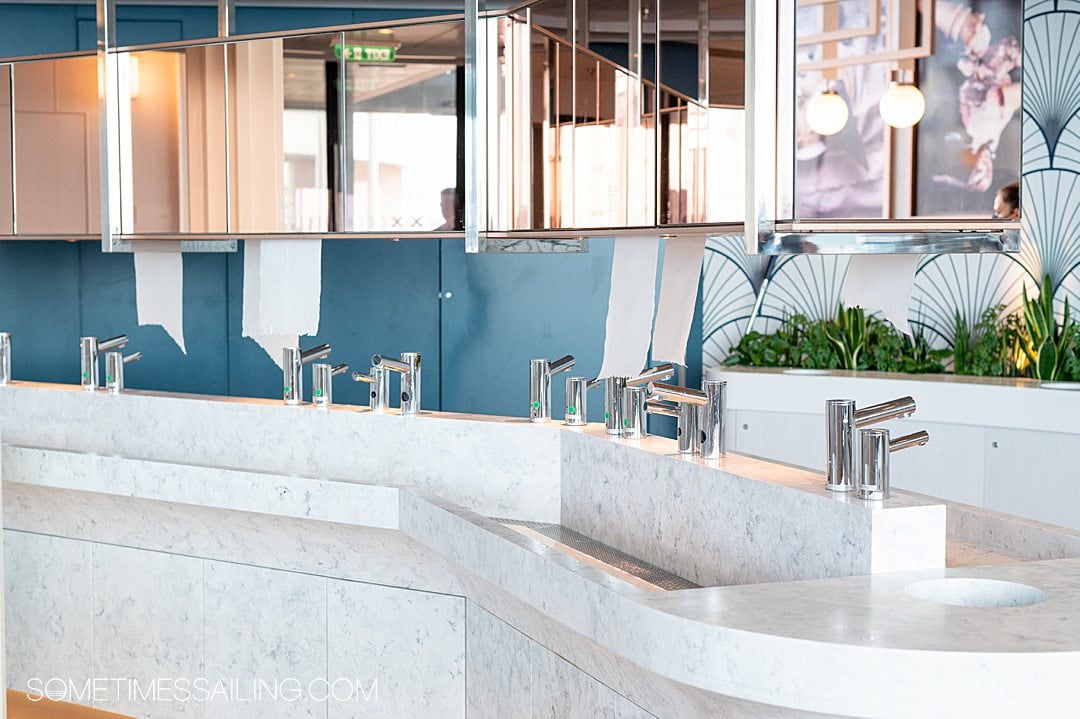
Protecting Your Investment: It's Safe to Book a Cruise Right Now
Of course, you're concerned about protecting the money you invest to take a vacation. Another reason cruises are a safe way to travel is cruise lines' great rebooking policies. In this regard, it’s one of the best options out there. We have continued to cruise in 2021 and 2022 and will continue cruising; we practice what we preach.
We book with confidence: We know the policies of the cruise lines we're interested in, in case we need to rebook because of COVID. Additionally, we know the cruise line's policy in case they need to reschedule our cruise for any reason.
Cruise lines’ policies have changed with the times, and many will allow you to rebook without penalty before your sailing. Some even reward you with more Future Travel Credits (FTC) if they need to reschedule your cruise because of COVID. For instance, many river cruises rebooked guests from 2020/2021 cruises for 2022, 2023 and beyond with 125% FTC.
We advise looking into the particular policy of your individual cruise line to remain educated about the topic.
Look for something like a “Travel with Confidence” or “Health and Safety” tab on their websites, where you’ll find the terms and conditions for rebooking. You will also be able to find info about current COVID procedures onboard.

Tips to Cruises Safely and Efficiently in a Post-COVID World
Periodically check your cruise line’s policies before you sail
This is most important to follow. Know the cruise line's current policies at two times in particular, before you sail:
- Before you book to make sure you’re comfortable with the cruise line’s current policies.
- One or two weeks before you sail.
You may even want to check again within a few days of sailing to stay educated in case any new regulations arise.
Bring your vaccination card with you
Though you may have already uploaded photos of your vaccination card to the cruise line’s website ahead of time (and to your embarkation country’s digital health form), it’s best to bring it with you.
We do multiple things with our vaccine cards when we travel:
- Upload it to any online documents as needed in advance. This includes docs for the cruise line and your destination country's online health forms, according to current regulations.
- Store photos of our vaccination cards on our phones, so we always have a digital copy.
- Carry the physical card with us. You might need it to enter some restaurants, shops and such in countries abroad. At the very least, make sure you travel with a photo of the vaccination card.
Get a PCR test before you leave
Check what timeframe you need to have proof of a negative COVID test for your particular point of embarkation. A good rule of thumb is that the test cannot be older than 48 hours. In some cases, 72 hours is acceptable.
Many insurance companies no longer cover the cost of the tests in 2022 and beyond. Additionally, if a cruise line needs proof of a test result, it has to be official results that are emailed to you with a proctored test at a drug store or proctored home test with video chat.
We always star the message with test results in our email. We also screenshot the email if we can’t get online at the airport. It’s also a good idea to print the results, if possible, in case you can’t access your phone in the event your battery dies.
Buy travel insurance
No matter what, if the pandemic has taught us anything in terms of traveling, it’s that you need good travel insurance. First it was cancellations due to COVID tests, then it was the “summer of canceled flights” because of airline staffing issues around the world. Who knows what unpredictable thing will happen next that affects travel!
Make sure you have a policy that covers COVID/pandemic-related expenses.
We recommend insurance from Travel Insurance Master. They let you compare insurance plans from their 10 providers and cover important things like cancellation for medical or work reasons, and travel delays or trip interruptions. Select “cruise” as your trip type upon checkout.
Current cruise line policies will likely allow you to rebook before the cruise begins, but that may not cover you if you need to change course on board because of COVID. If you're unsure, explicitly ask the cruise line for details.
If you stay in the area where you are cruising abroad after your cruise ends, you'll definitely need additional travel insurance to be safe.

Going on a cruise? Read this next:
- 26 Helpful Things to Know your First Time on a River Cruise
- Anti-Nausea Medication and Other Cruise Sea Sickness Solutions
- Awesome Cruise Gift Ideas for Cruise Fans & People Going on a Cruise

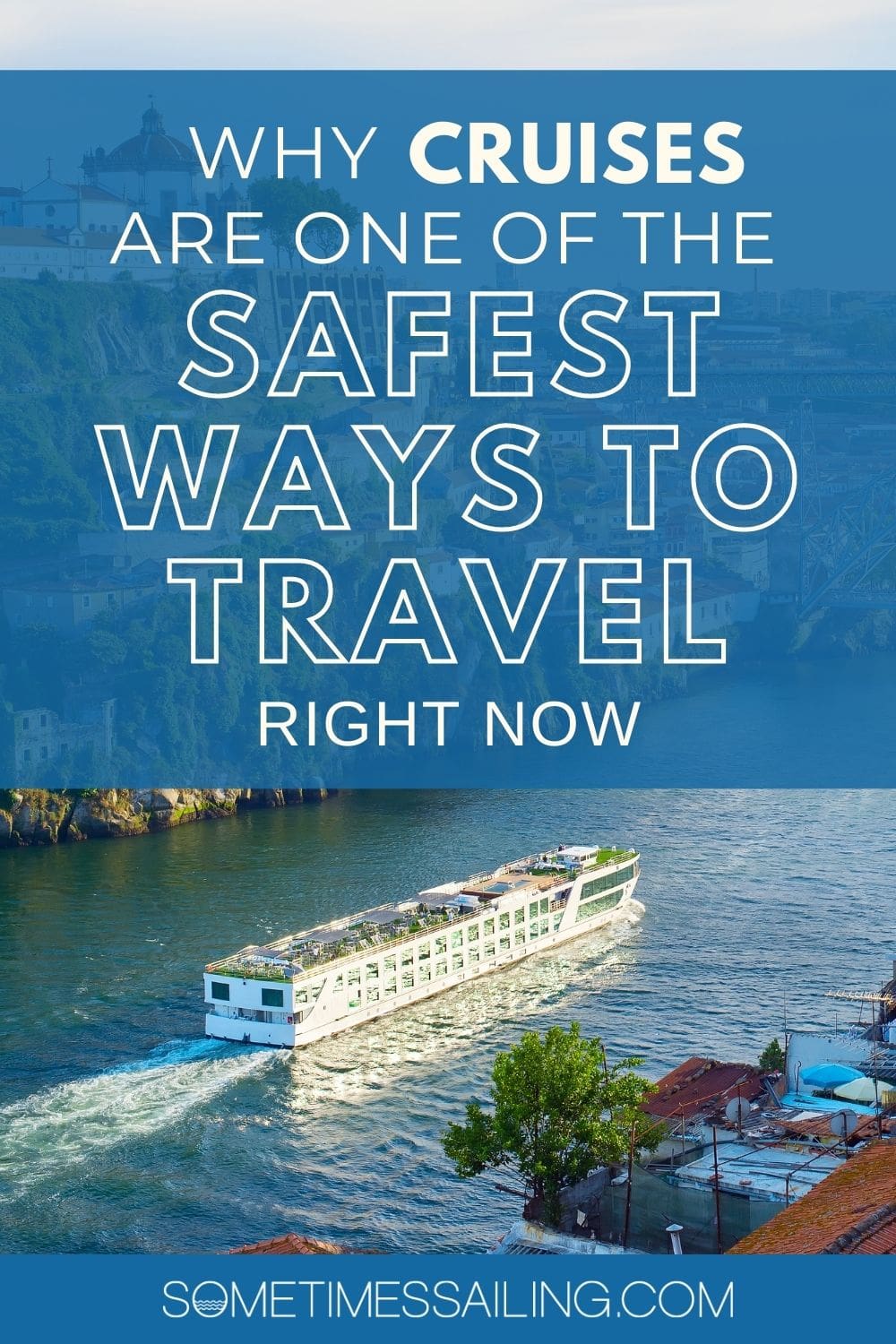
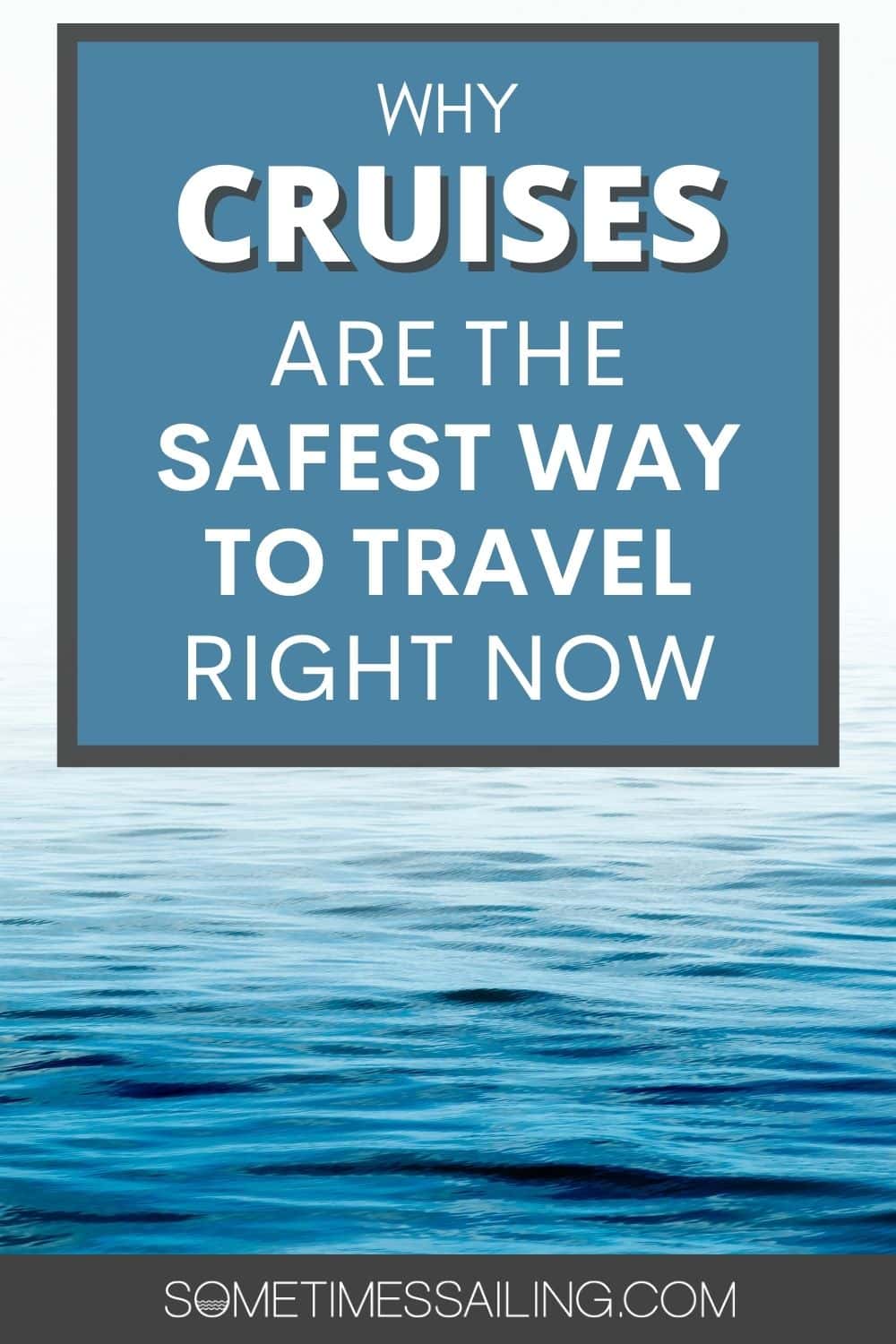



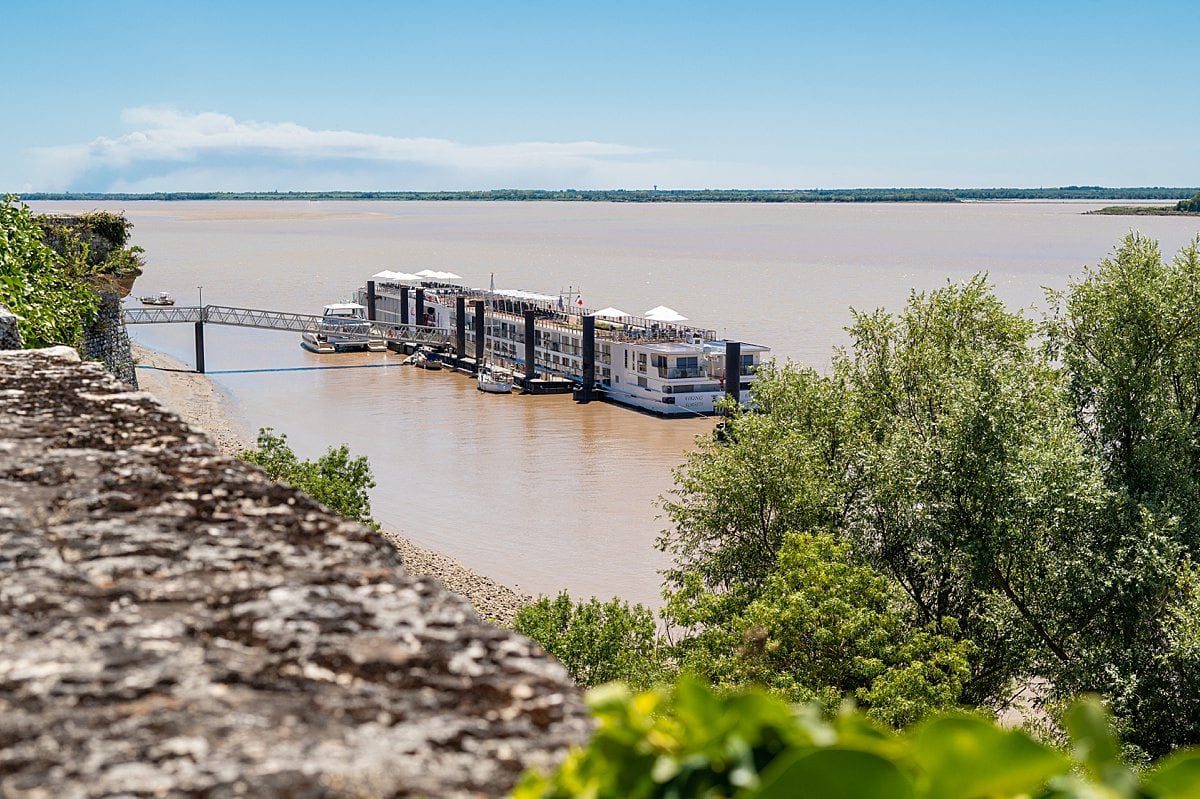

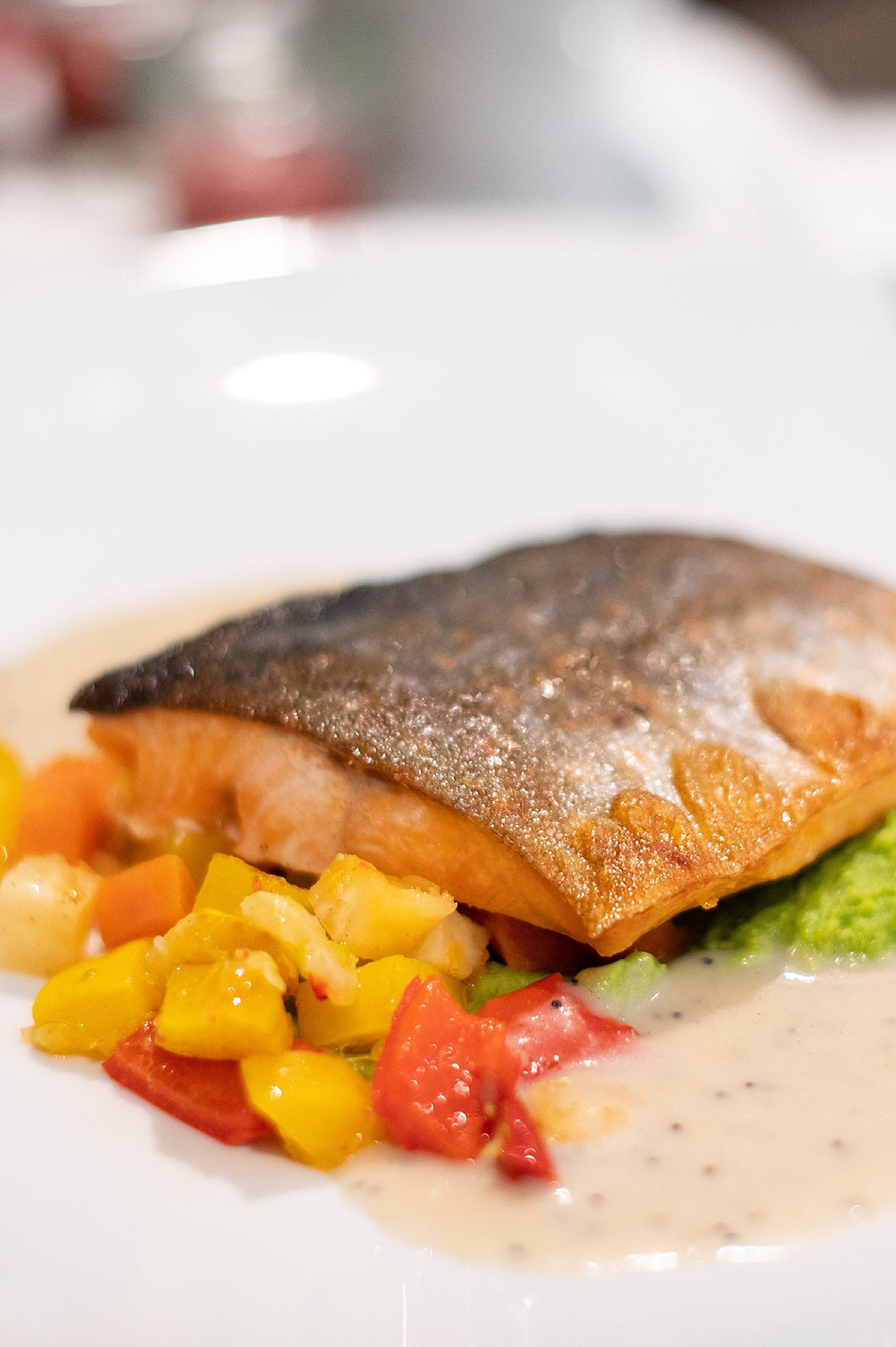

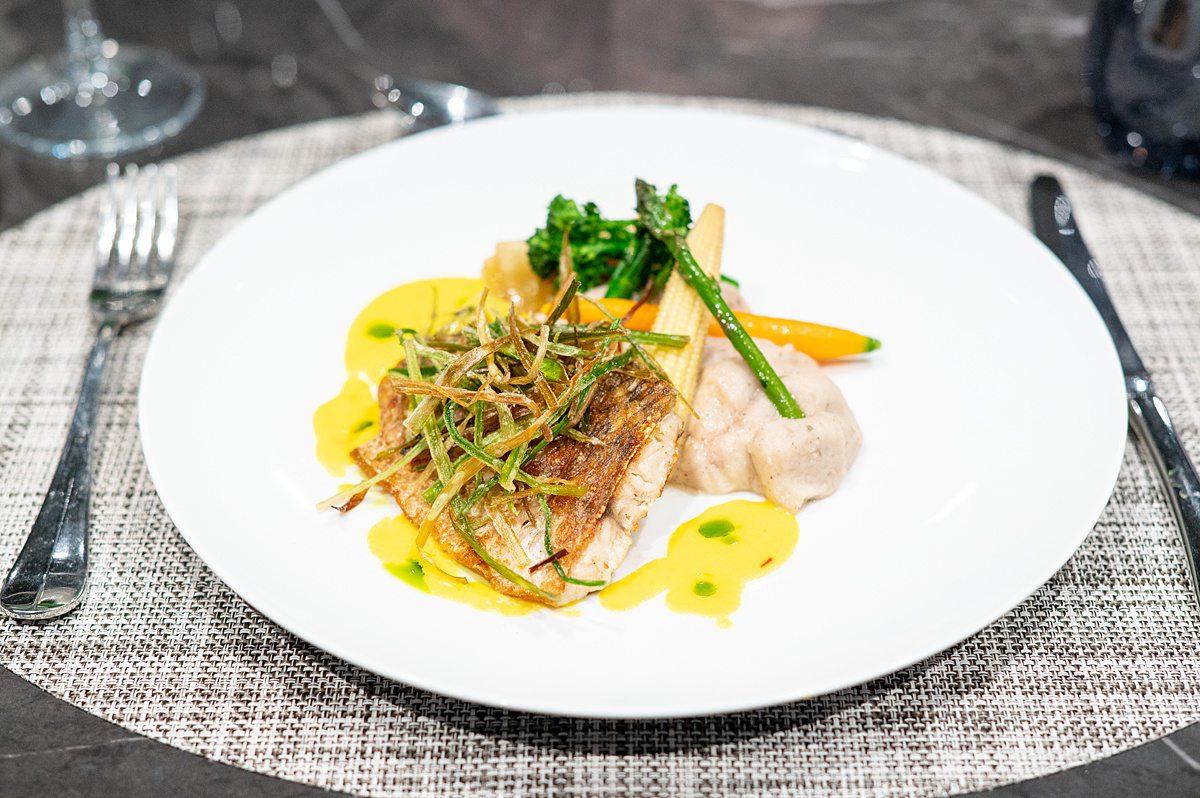
I love cruises but they are not without risk from a COVID perspective. Just finished a 4-day Mexico cruise out of San Pedro and my oldest daughter just tested positive for COVID. She was even wearing her mask throughout the trip and was very careful and she still got it. The issue is that current variant is super transmissible and 95% of cruise attendees were not wearing a mask. Take a cruise at your own risk.
We completely agree with you. Nothing is without risk for COVID, anywhere, whether that’s a cruise, a land vacation, or simply living your life in your hometown. For example, we were just at a hotel in Bordeaux pre-cruise and we were in a small elevator with other guests thinking, “This isn’t great for COVID.” It could have been an elevator where we live, though even at a doctor’s office. You just never know. You have to be careful when you travel anywhere, near or far.
We’re not saying cruises are 100% sick-proof. We’re just saying we believe – before the pandemic and after – that their regulations and awareness, and testing when they need/want to do it, are better than any other form of travel. Hotels never made you prove you were vaccinated or had a negative COVID test. Cruises did.